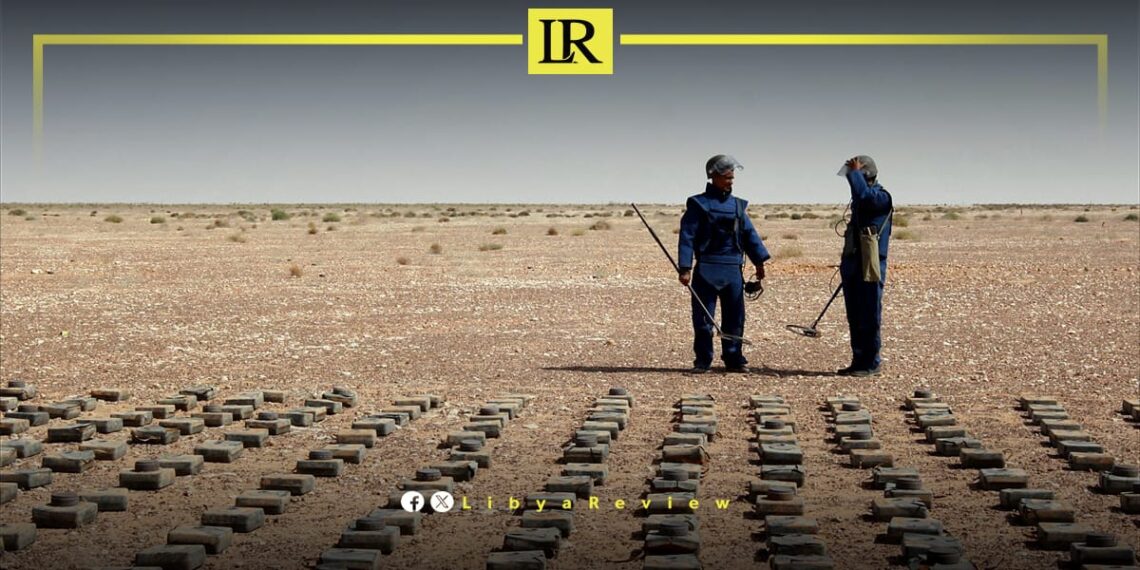The United Nations Mine Action Service (UNMAS) has issued a stark warning regarding Libya’s ongoing mine contamination crisis.
Fatma Zrig, Director of UNMAS in Libya, stated that around 444 million square metres, equating to over 64% of the country’s hazardous areas, require urgent demining.
This widespread contamination, a result of years of conflict, has left the country facing extensive challenges in ensuring civilian safety.
In 2024 alone, landmine explosions have claimed the lives of 16 people, including children, a sharp increase from just two fatalities last year, according to the Libyan Mine Action Centre.
The growing number of victims highlights the urgency of intensifying demining efforts. Zrig revealed that clearing Libya’s landmines and war remnants could take up to 15 years with continuous, uninterrupted work.
The task is further complicated by Libya’s shifting conflict zones, which redistribute unexploded munitions, often worsening the contamination in new areas.
The United Nations, in cooperation with the Libyan Mine Action Centre and various NGOs, has so far managed to clear approximately 36% of the identified hazardous areas. However, over 436 million square metres remain polluted with unexploded devices.
Raising awareness about mine safety is now a critical part of the sector’s strategy, with ongoing programmes aimed at educating civilians about the dangers of mines and unexploded ordnance.
The Libyan government, with support from international partners, is working to build a safer environment by strengthening mine clearance operations and enhancing response efforts.
The need for sustained and organised demining initiatives is clear if Libya hopes to restore its lands for safe civilian use and prevent further loss of life due to these hidden remnants of war.


